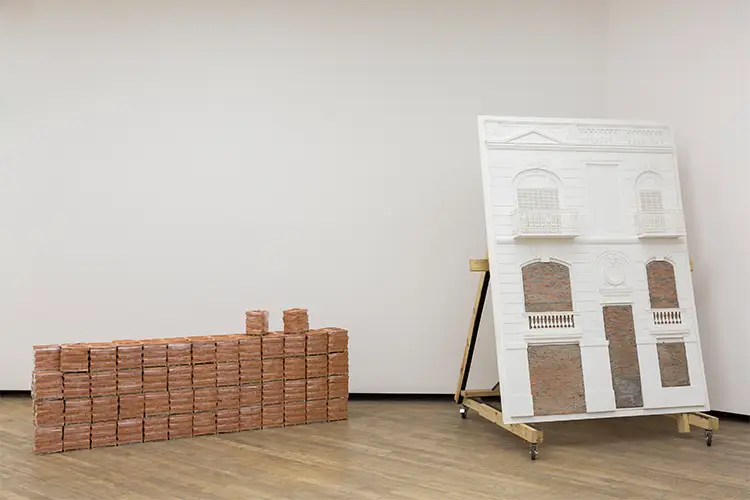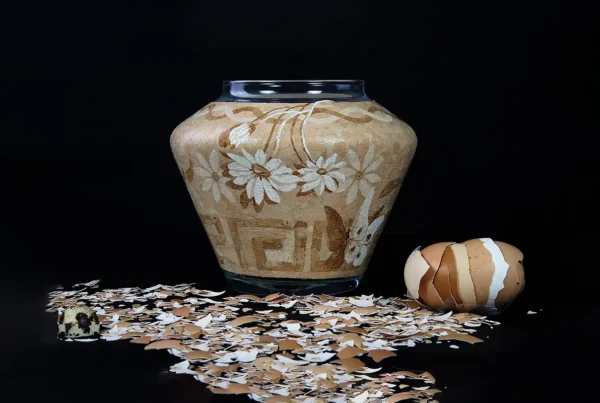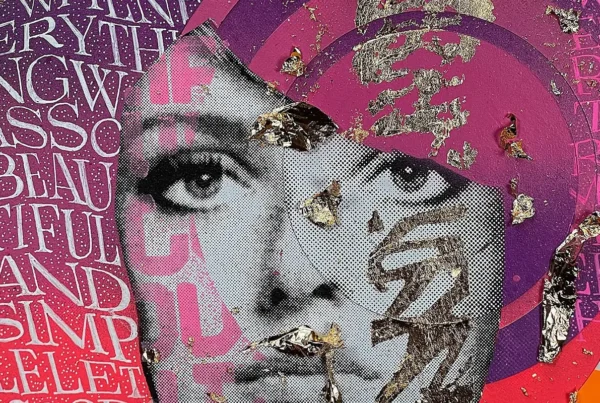“Success is the possibility of persevering, once and again, in failure.”
The Interplay of Architecture and Art
Ignacio Unrrein, born in Buenos Aires in 1987, has carved a distinctive path as both an artist and architect. His practice investigates the symbolic and political dimensions of urban space, where construction and demolition coexist as aesthetic and philosophical inquiries. Unrrein’s academic foundation at the University of Buenos Aires, where he completed his architecture degree in 2012, deeply shaped his vision. His doctoral research in Arts at the National University of the Arts further broadened this perspective, blending theory with material experimentation to question the limits of architecture and the transformative potential of art.
His work transcends mere physical form. Projects such as Demoler Buenos Aires and Tapiar Buenos Aires use ceramics, debris, and site-specific interventions to rethink the city as both a living organism and a stage for human memory. By materializing absence and fragmentation, Unrrein provokes dialogue about the layers of history inscribed in urban landscapes. He views bricking, demolition, and reconstruction not as acts of finality but as ongoing cycles that invite contemplation of impermanence.
Recognition of his work has been consistent and international. From exhibitions at MALBA and MACro in Rome to awards at the National Salon of Visual Arts, his projects have received institutional validation while maintaining their critical edge. Grants, residencies, and research programs have expanded his practice globally, reinforcing his engagement with questions of heritage, transformation, and the poetic contradictions embedded in urban forms.
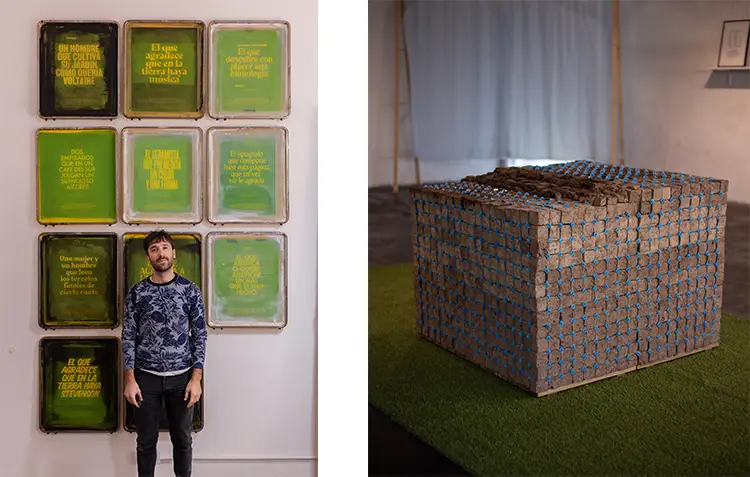
Ignacio Unrrein: The Birth of an Artistic Vision
The foundation of Unrrein’s artistic journey cannot be attributed to a single turning point but rather to a series of interconnected moments. His experience in a seminar analyzing dOCUMENTA (13) and the São Paulo Biennial of 2012 crystallized his desire to explore art beyond architecture’s conventional frameworks. These encounters with large-scale exhibitions revealed to him that the uncertainties he carried as an architect could find a voice through visual language.
Experimentation was central from the beginning. Early explorations included projects based on continuous lines that inevitably failed to meet their initial parameters. Instead of discarding these outcomes, Unrrein embraced the notion of failure as an integral part of production. This approach continues to define his philosophy, where error is not an obstacle but a methodology. His first group exhibition at the Buenos Aires Young Art Biennial in 2013 validated this perspective and solidified his confidence to pursue a professional path in the arts.
His trajectory also owes much to unconventional workspaces. The transformation of his grandparents’ abandoned storage room into his first studio exemplifies his commitment to reimagining neglected spaces into sites of creation. This instinct to uncover hidden potential within forgotten structures later echoed in projects like Tapiar Buenos Aires, where he observed bricked-up facades as silent yet eloquent monuments. For Unrrein, architecture becomes a metaphorical language, and art serves as the lens through which failure, memory, and possibility are continually reinterpreted.
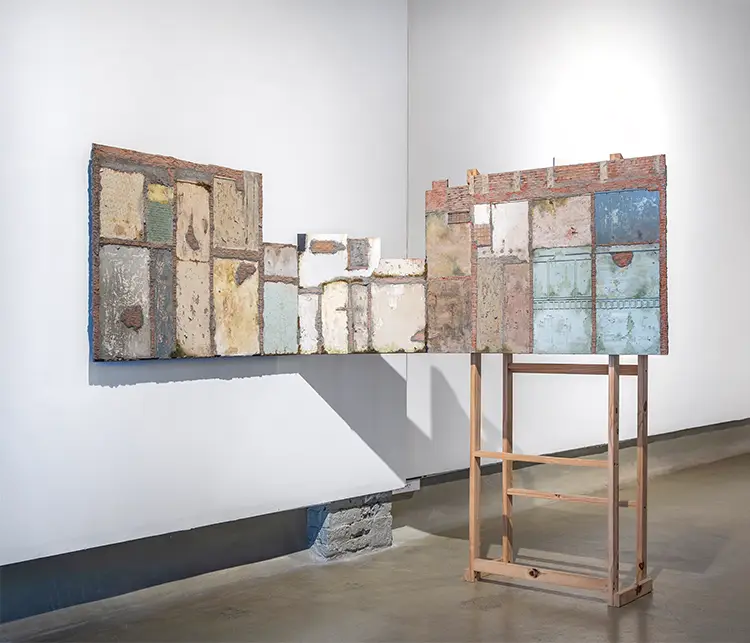
The Sculpture that Floats Between Memory and Absence
One of the works that best captures Unrrein’s philosophy is his floating curved wall made of ceramic bricks and metal, part of the ongoing project Tapiar Buenos Aires. This suspended structure mirrors facades across the city that have been deliberately bricked up, transforming architecture’s fundamental promise of shelter into a contradiction of access and denial. The wall, hovering lightly despite its materiality, embodies the paradox of permanence and impermanence, of solidity and fragility.
The creation of this sculpture was not an isolated act but a collaborative process involving craftsmen, blacksmiths, and manufacturers. Figures like Robert, a blacksmith who emphasized the value of doing things well for their own sake, and Iván, who guided digital modeling and mold-making, became essential contributors. Their expertise infused the piece with both technical rigor and poetic resonance. Unrrein often highlights how the dialogue with these collaborators revealed unforeseen insights, enriching the work beyond his individual vision.
For the artist, this sculpture condenses years of research into a single tangible gesture. It symbolizes his ongoing investigation into how built environments embody memory, politics, and collective imagination. By drawing attention to facades that conceal rather than reveal, the piece challenges viewers to reconsider the purpose of architecture and its capacity to both include and exclude. In this way, Tapiar Buenos Aires is not merely a sculpture but an inquiry into the city’s hidden stories.
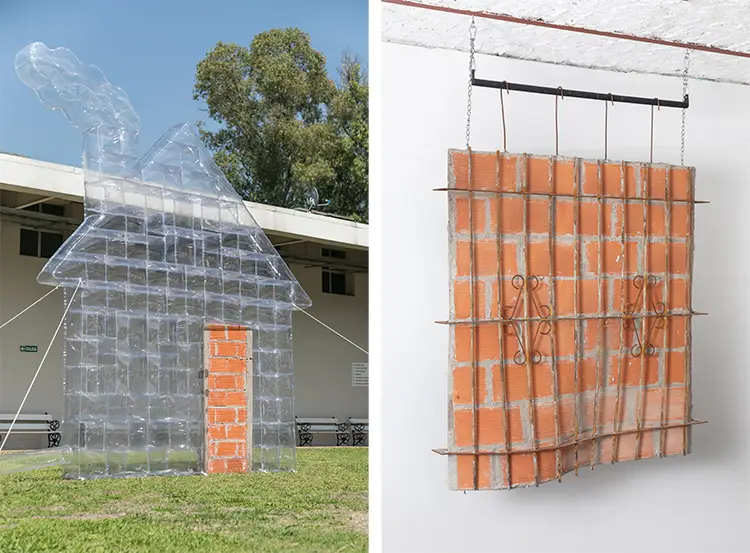
Ignacio Unrrein: Expanding Horizons and New Directions
Unrrein’s practice refuses confinement to a single medium. Sculpture, ceramics, installations, and writing all coexist within his expanding body of work. He approaches each new project with curiosity, preferring to confront challenges in unfamiliar materials rather than remain within the comfort of mastered techniques. This openness reflects his belief that discovery and experimentation are central to artistic creation.
Currently, his projects include the development of a brick floor imprinted with the shadows of city trees, a hollow wall designed to house a rainbow within its interior, and an inflatable bricked-up castle inspired by childhood drawings of houses. Each concept, while materially different, shares a concern with space, perception, and the poetic tension between permanence and transience. His collaboration with ceramists and manufacturers further underscores his conviction that artistic processes thrive on dialogue, exchange, and the unexpected revelations of shared work.
Parallel to his visual projects, Unrrein has entered the literary sphere with Peritaje inconcluso, his debut novel published in 2023 to critical acclaim. He also co-founded Bandadas, a platform centralizing open calls for artists worldwide, and its spin-off initiative Not a Cover, designed to create opportunities for artistic engagement with companies. These endeavors extend his commitment to building networks and infrastructures that sustain artistic practice. For Unrrein, art is not only an individual pursuit but also a collective effort to reshape the conditions under which creativity flourishes.
